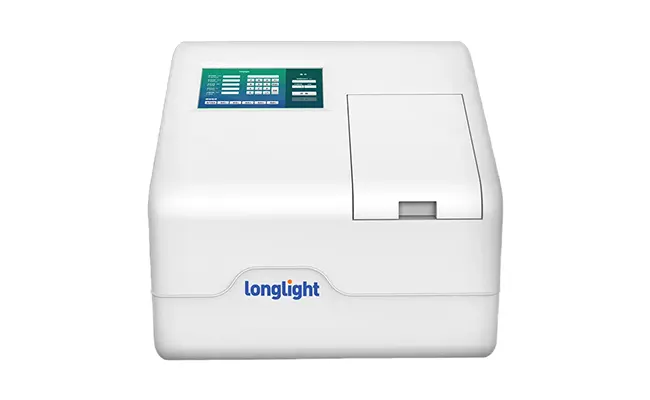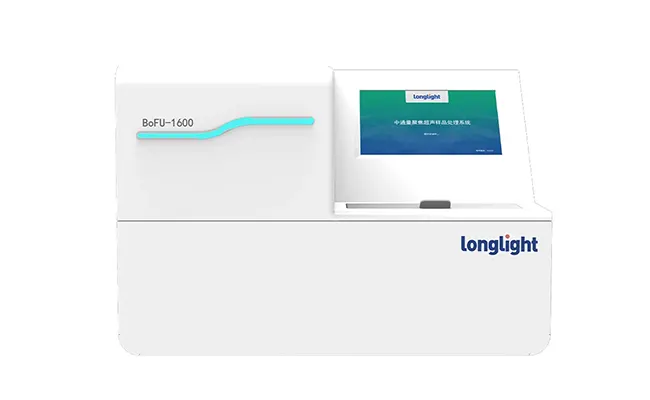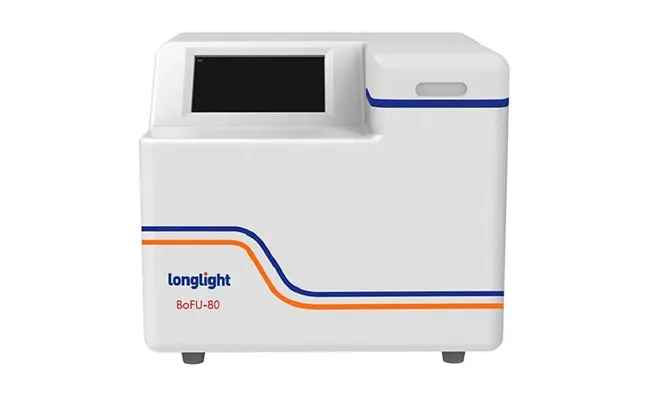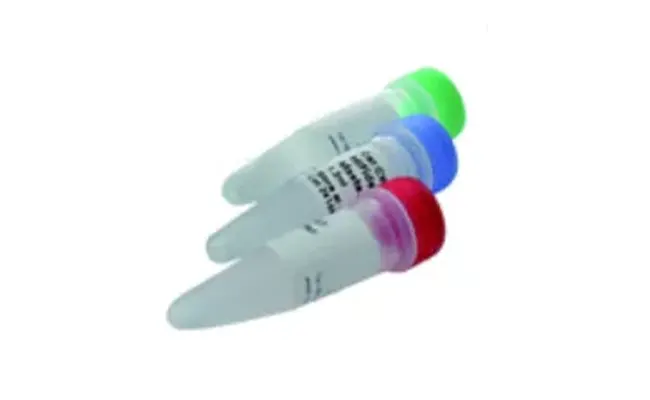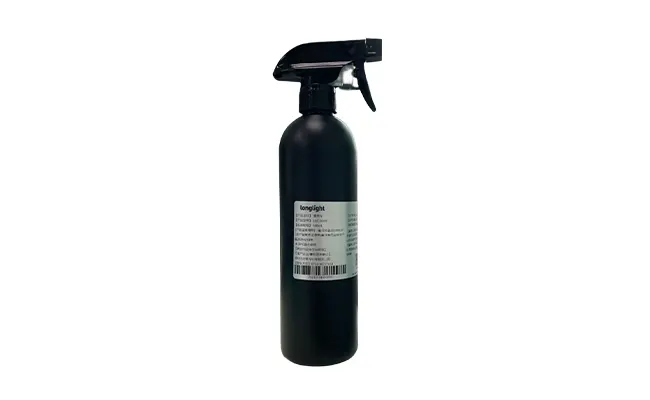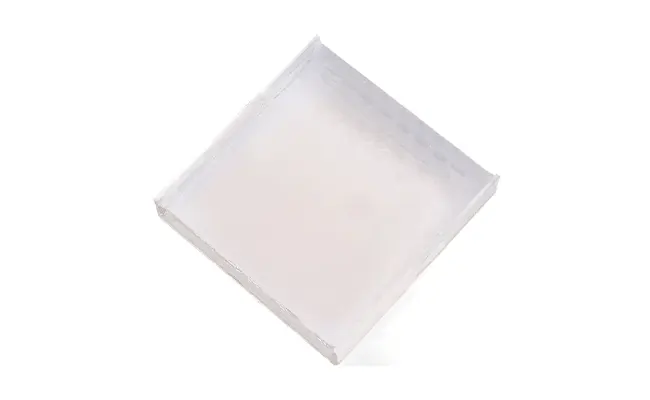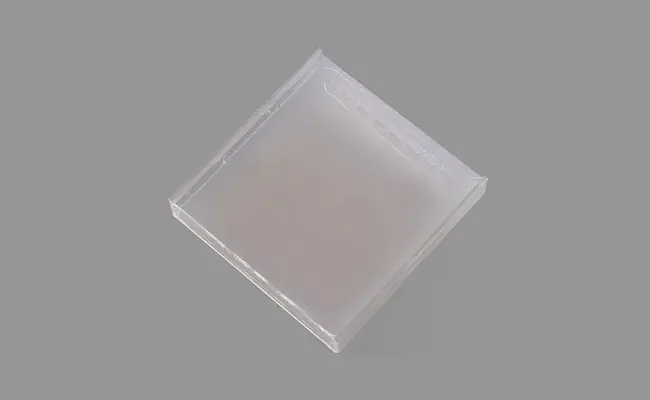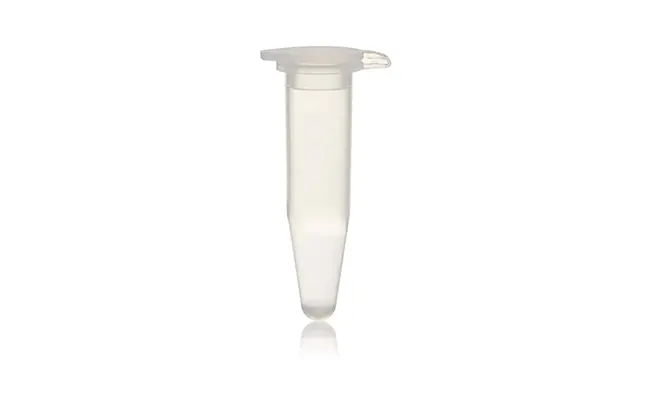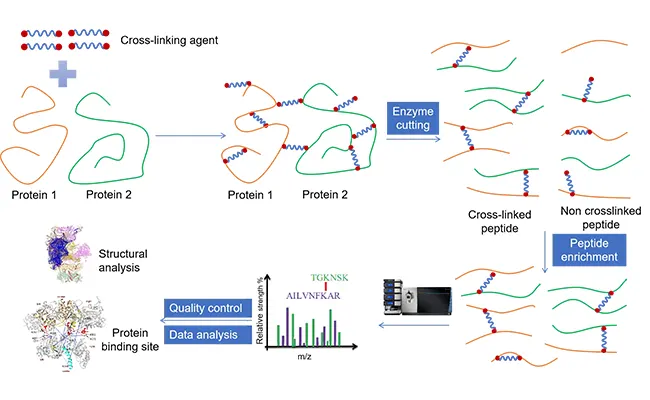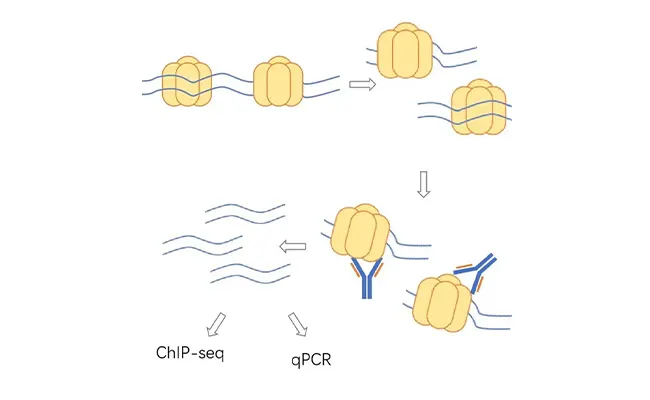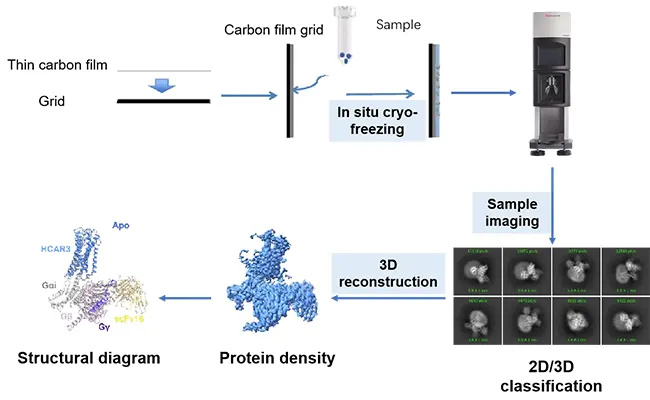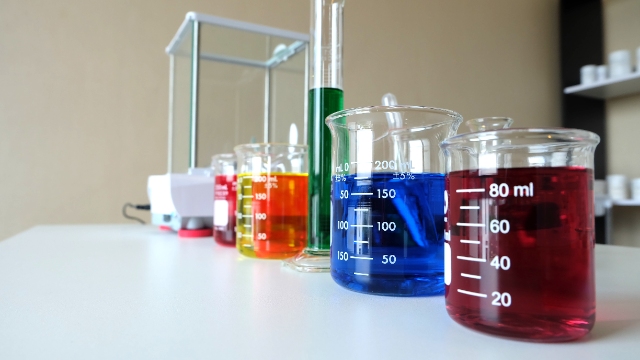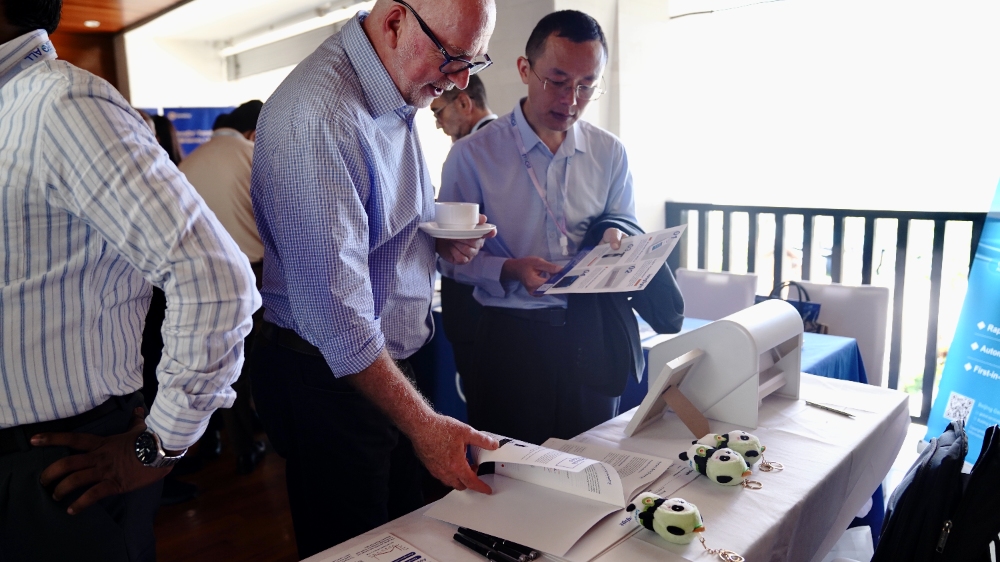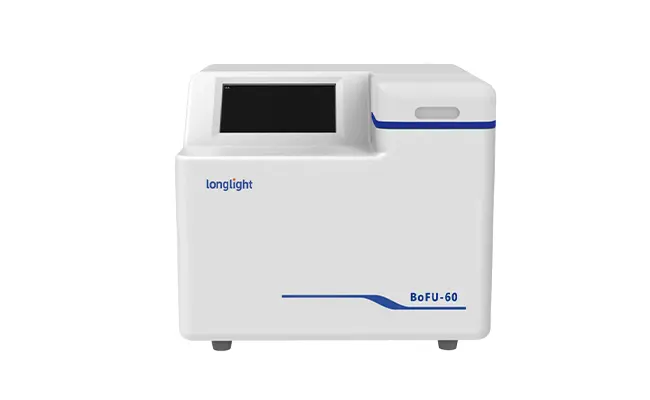Related Post
UV LED Curing Chamber: Precision Curing for Industrial Applications
2025-07-22The industries associated with electronics, 3D printing, and medical product manufacturing are undergoing focused evolution. Cleanness as well as timely curing is critical in these fields, along with numerous others. It is always better to have more options to simplify the curing methods. In such cases, a UV LED curing chamber is highly beneficial, and this article will elaborate on its advantages.
What Is a UV LED Curing Chamber?
A closed controlled system incorporating a photopolymerizing ultraviolet light-emitting diodes (LEDs) which activate glue, ink, and organic adhesives. It is related to safety and environmental compliance. UV curing chambers are better than traditional mercury lamps. They also boast infallible reliability and efficiency combined with superior safety integrals.
UV LED Curing Chamber – CS300A Model
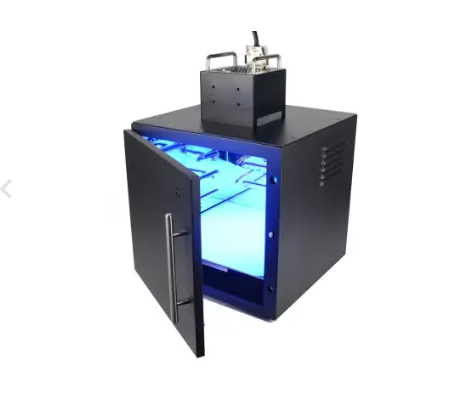
Its multifunctional properties, combined with ample space, give a special design focus when it comes to the curing chambers. In turn, this offers the user better value and improves machine efficiency. CS300A UV LED Curing Chamber is a multifunctional device used for the curing process, as it offers both reliability and flexibility. Its use is adaptable and, in conjunction with different types of UV LED lamps, can be utilized in printing, electronics, and medical device prototyping industries.
Tailored to Ergonomics and Spatial Optimization
Practitioners are provided with ample room and flexibility with the CS300A Curing Chamber, which offers internal dimensions of 300mm × 300mm × 300 mm. This allows for vertical arrangement of assemblies as well as parallel curing for many components at the same time. With regards to vertical arrangement, a stacked combination of small parts and large prototypes is now possible.
Work processes performed at different heights can be customized, which improves comfort ergonomically for the worker while also supporting the workflow.
Differentiating Features of CS300A Curing Chamber
Enhanced Versatility: Support for various UV LED curing lamps 365nm, 385nm, 395nm, and 405nm, provides heightened versatility to the chambers.
Cohesion While Working: Generous internal volume ensures no overcrowded workspaces, allowing users to either work with large items or multiple smaller parts.
Cater to Odd-Shaped Components Easily: Adjusting batch loads and shelf height using the flex shelf system is simple, accommodating odd shapes effortlessly.
Improvement of Efficiency of Curing Time: Using single-chamber throughput batching methods increases both the consistency and speed of curing time efficiency.
Ensured Equal Energy Reflection throughout the Surface: Reflective internal chambers radiate energy uniformly, yielding the same amount of energy to all surfaces.
What is Unique about the CS300A Model?
The CS300A curing box is specifically designed for professional uses where reproducibility, precision, efficient cycles, and spatial control are required. In terms of quality, the curing procedures are improved because the aluminum interior parts ensure that all items receive equal UV radiation and reduce under-cured spots.
Just like traditional UV lamp ovens, CS300A uses an LED-based curing system. Unlike other systems, CS300A has an instant on/off feature along with hyper-efficiency and lower thermal loads that are gentler on delicate parts.
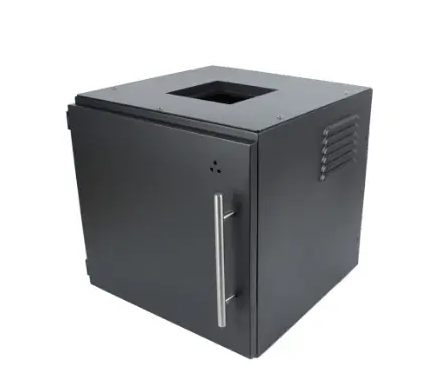
Through digital controllers, users can adjust parameters and control exposure step by step, ensuring precision. Stratum cores of optical elements with CS300A are not an issue, as they can be treated with unmatched precision and repeatability.
Different Industries
The CS300A serves multiple sectors like printing, electronics, medical, and 3D prototyping. For instance:
• Printing: High-resolution prints produced with UV ink and coating curing.
• Electronics: PCB assembly, sensor bonding, and micro-lens attachment.
• Medical: In terms of the medical sector, surgical trays are coated, while catheters are sealed, and transparent parts are bonded.
• 3D Prototyping: In 3D prototyping, surface finishing and resin curing are completed.
It serves as a reliable workhorse for low-volume production lines, as well as in research and development labs, cleanrooms, and other controlled environments.
What Sets It Apart?
• Stackable Production: Curing sent in concurrent stacked levels increases overall productivity.
• Smart Layout: Adjustable shelving makes it possible to accommodate more intricate geometries, thus more elaborate designs.
• Accuracy in curing: light is shone both vertically and horizontally
• Industrial longevity: designed for rough and harsh operating conditions.
The Competitive Advantages of UV LED Curing Chambers
Mercury-containing systems have been rendered obsolete in competition with more precision-driven curing chambers. The more rational justification is also the more considerate of safety and environmental issues.
1. Absence of mercury and ozone translates to no emissions or ecological gaps; therefore, eliminating the need for special ventilation gives compliance with international environmental regulations.
2. Operations costs, paying for the energy spent, are greater in value and are more affordable because of the constant high-intensity UV output provided by LED technologies over older systems.
3. Chamber space in cramped laboratory or production settings does not compromise performance.
4. Downtime and servicing needed for regular maintenance for devices yielding 20,000 hours of use per LED increases maintenance thresholds.
5. The protective devices emit non-ionizing radiation and low heat, protecting users and sensitive materials, thus improving overall safety.
Strategically, the dental, medical, electronics, and additive manufacturing sectors are better positioned to capitalize on the cost-effective productivity and maintenance advantages of UV LED chambers.
Selecting a Suitable Chamber
The features and quality of different curing chambers vary greatly. Each workflow has its defined set of operations that integrates the given materials to determine the appropriate type of curing system to use. Consider the following criteria in this order.
Parts or substrates dimensions:
Check your largest parts and panels against the chamber’s interior dimensions. Medical trays and microelectronic parts require close-fitting chambers for consistent exposure.
Photoinitiators used:
Different photoinitiators absorb specific ranges of wavelengths optimally. Efficient curing chambers will operate at matched primary wavelengths of 365nm, 385nm, 395nm, and 405nm.
Curing depth and speed:
More sophisticated multi-layer assemblies, or greater material thickness, need more concentrated UV output and constant-focus exposure, and optimized exposure time. Seek out chambers with programmable cycles and intensity settings.
Compliance and safety precautions:
Make sure compliance with shut-in protective covers and interlock functions, local and global safety standard compliance, and strict lab and clean room standards are observed.
Conclusion
Investments in multifunctional UV LED curing chamber is revolutionary in their application towards precise and sustainable performance. These systems are transforming photopolymer technology used in the curing of dental resins, bonding of electronics, and in the printing of 3D models digitally. To improve operational efficiency, ergonomics, cleanliness, reliability, and speed of material throughput, photopolymer curing is updated by UV LED Curing Solutions.

